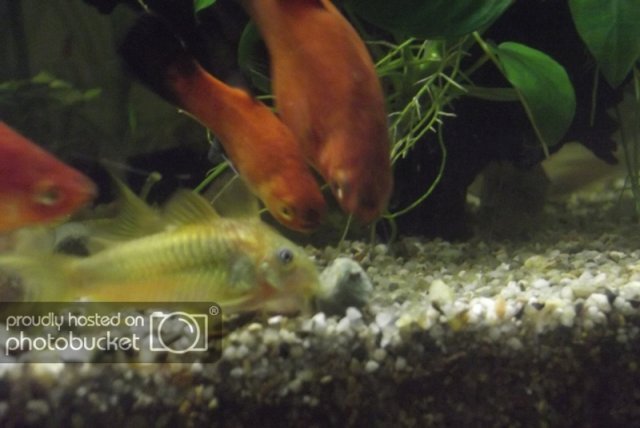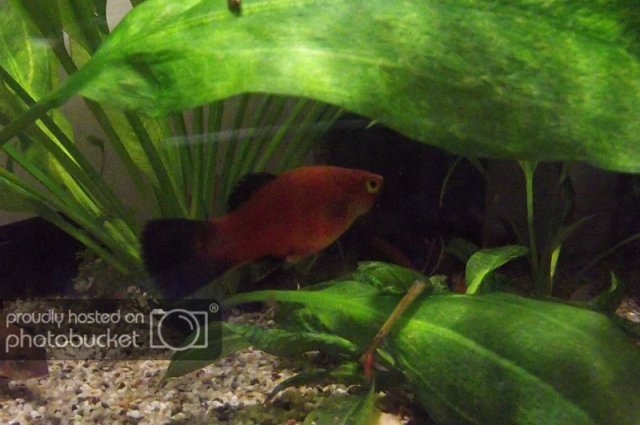The carbon link was first posted on various forums due to a paper/study done years ago at the public aquarium in Chicago, in marine systems, not freshwater. There is no scientific proof that carbon causes HITH in freshwater fish. At least that I am aware of.
Like most illness in fish, HITH is triggered by stress, and is most certainly not just caused by nutrient deficiencies, or poor water quality. I have seen freshwater fish swimming in pristine water, and eating what I can only describe as a very high quality diet (including NLS pellets daily) come down with HITH. If the flagellates are present in the system (S. vortens) , and they often are as these are a very common parasite in tropical fish, then when any form of stress surfaces those flagellates can multiply and take hold.
From a previous post of mine......
Over the years numerous things have been blamed as the cause of Hole in the Head disease in fish. While this is still a confusing subject among hobbyists one thing has become clear, the pathogen responsible for the ulcerated pits in the head and body of ornamental freshwater fish with this condition, is Spironucleus spp., in ornamental warm water fish, the culprit is typically Spironucleus vortens.
Water quality can often be a stress trigger among many species of fish, with excessive stress creating a lowered immune response which in turn opens the door for protozoa to proliferate to excessive numbers. No matter the stress trigger in each individual case, it is always some form of stress that triggers a case of HITH. Poor water quality, poor diet, stress from aggressive tank mates, overcrowding, etc, can all lead to an outbreak of S. vortens flagellates. With any type of illness, be it bacterial, viral, or parasitic, pristine water quality will help ensure a heightened immune response by the fish.
From the following paper;
http://scholar.lib.vt.edu/theses/available/etd-120399-140825/unrestricted/ANGEL.PDF
"In freshwater fish, Spironucleus sp. has been reported in cichlids, including angelfish, and cyprinids. Spironucleus elegans has been found causing disease in angelfish (Pterophyllum scalare) in Europe (Kulda and Lom, 1964b), while Spironucleus vortens has been also reported from the intestinal lumen of angelfish bred in Florida (Poynton et al., 1995). They can be found in the intestinal tracts of healthy fish and they may invade the body of the host and are capable of causing severe parasitemia under stress conditions (Molnár, 1974).
Hexamita are considered commensal organisms but can be pathogenic under various stressful conditions such as nutritional inadequacies, suboptimal water quality, crowding, poor sanitation and infections from other pathogens or parasites (Specht et al., 1989; Uzmann et al., 1965)
Although Hexamita and Spironucleus cause disease in several economically important fish species in many regions of the world, their pathogenicity is not well known (Woo and Poynton, 1995). It has been believed that the effects and the severity of diplomonad infection are dependent on fish size, tissue site infested, environmental conditions, stocking density, season and stress factors (Allison, 1963; Buchmann and Uldal, 1996; Mo et al., 1990; Uldal and Buchmann, 1996). Fish infected with Hexamita salmonis exhibited clinical signs correlated to their body length and weight (Uldal and Buchmann, 1996). This supports the study of Allison (1963) that large trout, more than 3 or 4 inches long, showed a smaller effect from Hexamita infection than smaller trout.
It is believed that the organisms invade the intestinal epithelium and disseminate to other tissues when the host’s resistance has been suppressed (Woo and Poynton, 1995). It has been suggested that only Spironucleus spp. cause systemic infection because they can invade intestinal mucosa and disseminate to other tissues (Siddall et al., 1992). Evidence of systemic spironucleosis was reported in cyprinids and aquarium fishes (Molnár, 1974), and in salmonids (Mo et al., 1990; Poppe et al., 1992; Sterud et al., 1997). In cyprinids, many Spironucleus sp. were found in the gut where they caused reddening of the mucous membrane, brownish-gray discoloration and necrosis of liver, and haemorrhagic enteritis. In aquarium fishes, the parasite has been reported to cause losses in angelfish stock of up to 50% of the population. The infected fishes showed reddening of the skin, and haemorrhages and ulcerations in the region of the head (Molnár, 1974). The parasites were found in the gut, gallbladder and visceral organs. Spironucleus sp. were also found in large numbers in the blood and the muscle of infected fish."
And as previously posted, in some cases it can boil down to being a bacterial infection, caused by other stressors. This is what has caused so much confusion with hobbyists around the world, different scenarios, different conditions, and even different species, in some cases exposed to a multitude of stressors - but all leading to the same end result - holes/pitting in the head region of the fish. So in the case of HITH, probably best not to assume anything, start small, and work your way up the ladder of treatments currently available, including meds that are locally available.






